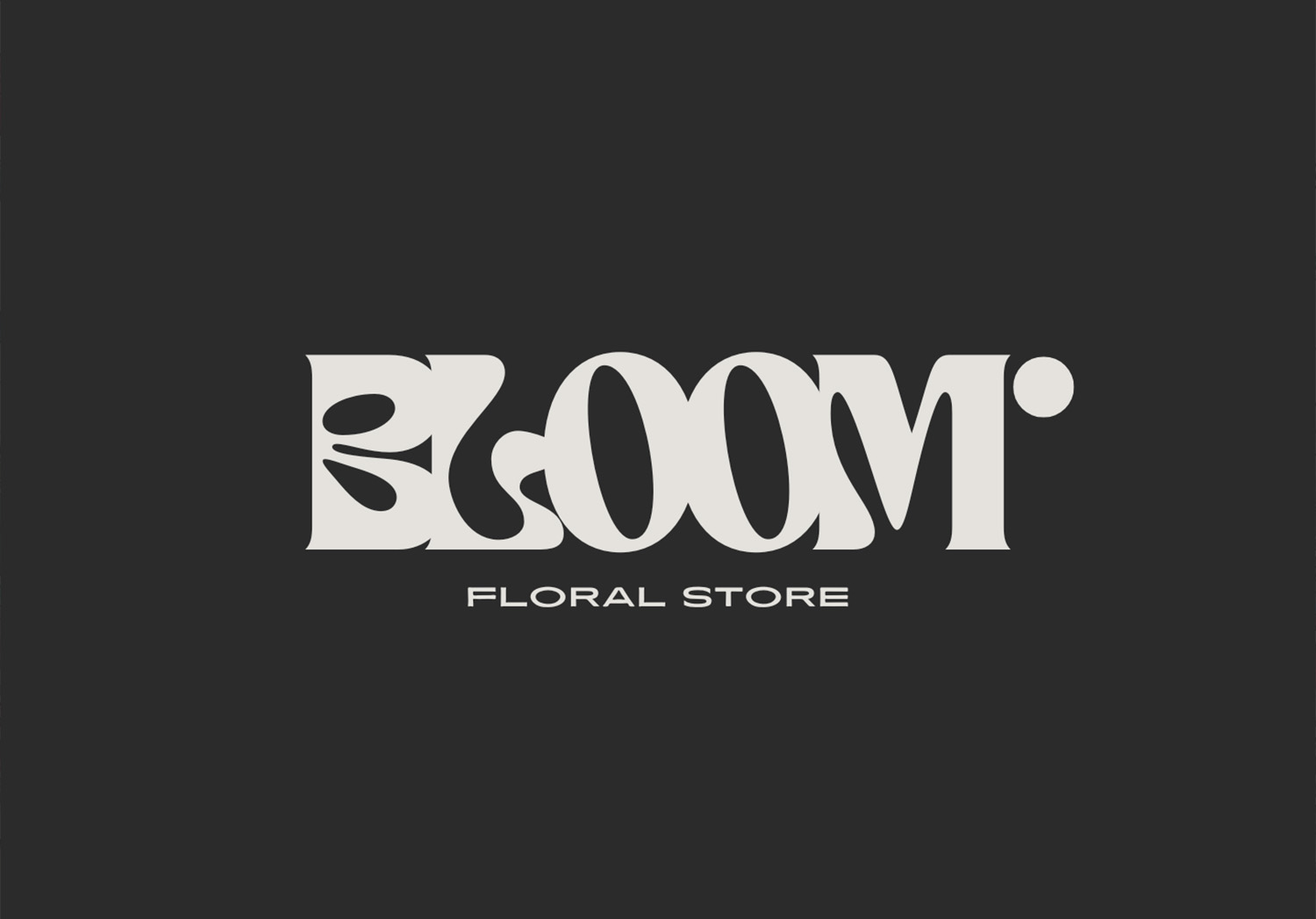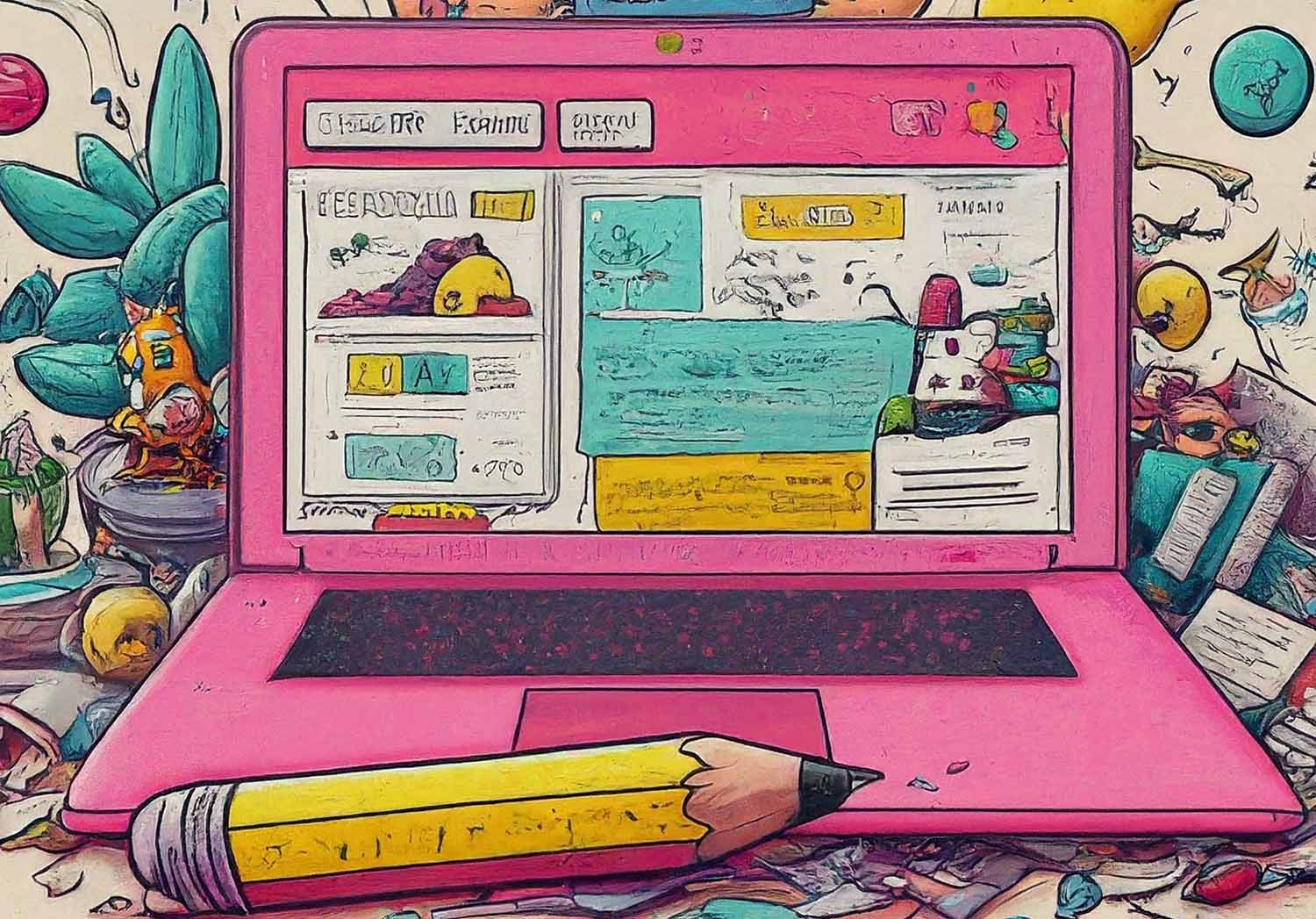
Discover the daily routine of a website designer in Oklahoma City
Insights into Web Designers’ Daily Life
Web designers are creative professionals responsible for crafting the layout and visuals of web pages and mobile applications, often handling aspects of programming within projects. Within the realm of web design in OKC, job titles vary, denoting experience, responsibilities, or specialization. From entry-level roles like Junior Web Designer to advanced positions such as Design Director, and specialized functions like User Interface and User Experience Designers.
A typical day for a web designer starts with receiving assignments and briefings, followed by designing and developing various elements of web projects. Feedback informs iterative processes, ensuring alignment with project goals. In larger projects, logistical planning and teamwork are crucial to keeping projects on track. Responsive to feedback, designers constantly refine their work throughout the day. The day’s end involves updating supervisors or team members on progress, submitting completed work, or preparing for the next day’s tasks.
Freelancers may experience a more varied routine based on workload. Post-Work may involve additional effort to meet project deadlines, especially for development-focused roles or freelancers handling unexpected issues.
Insight into the Daily Life of a Web Designer
Understanding the day-to-day operations of web designers is essential for aspiring professionals to gauge their fit in the field. Whether working within companies or as freelancers, designers follow a structured yet adaptable routine, varying with project phases.
Web Designers’ primary task is to design layouts and assets for webpages and mobile apps, employing both creative software and programming knowledge. Their responsibilities may extend to coding in HTML/CSS and JavaScript, especially in smaller firms. While employed by design firms or corporations, web designers often collaborate within design studios, either in-office or remotely. Freelancers enjoy more flexibility in their work arrangements, often operating from home.
Beginning the day involves receiving assignments, either for new projects or ongoing tasks. Coordination with team leaders or clients sets the day’s agenda, often through digital platforms like Slack or email. Throughout the day, designers focus on designing and developing elements of web projects, ranging from entire pages to interactive components. Feedback loops ensure iterative refinement, which is critical for project success. Midday may involve collaboration on larger projects, requiring coordination between teams for seamless execution.
Responding to feedback, designers adjust their work to align with project objectives. As the day winds down, designers update supervisors or team members on progress, submit work for review, or prepare for upcoming tasks. Freelancers manage their workload independently, adjusting priorities as needed. Post-work activities may include additional work to meet deadlines, particularly for development-focused roles or freelancers managing project timelines.
Web Designer Specializations
Web designers’ titles reflect their expertise and responsibilities within the field. Entry-level positions like Junior Web Designer entail receiving assignments and working within design teams, while advanced roles such as Design Director involve overseeing large-scale projects and team efforts. Specialized roles like Web Developers (front end and back end) focus on programming aspects, while User Interface and User Experience Designers emphasize designing interactive elements for optimal user experiences.
Starting Your Day
For in-house designers, the day typically begins with project briefings and task assignments. Coordination with team leaders or clients sets the day’s agenda, facilitating seamless project execution. Freelancers manage their schedules independently, balancing client communications and administrative tasks alongside project work. Midday Tasks Designers focus on designing and developing elements of web projects, adjusting their work based on feedback from clients or team leaders. Collaboration on larger projects may involve logistical planning and coordination between teams to ensure project milestones are met. Responding to feedback is integral to the design process, ensuring alignment with project objectives and client expectations.
End-of-day designers provide updates on their progress to supervisors or team members, submitting completed work or preparing for the next day’s tasks. Freelancers manage their workload autonomously, adjusting priorities as needed to meet project deadlines. Post-Work Responsibilities Studio designers may engage in additional work after hours to meet project deadlines, particularly for development-focused roles. Freelancers enjoy flexibility in their schedules but may need to address unexpected issues or client inquiries outside regular working hours.
Building Skills for Web Design
For individuals aspiring to become web designers, acquiring the necessary technical skills is paramount. Training programs like those offered by Noble Desktop provide hands-on instruction and practical experience in web design software applications and coding languages. Courses cover a range of topics, from basic HTML/CSS and JavaScript to advanced WordPress development. Specialized programs, such as UX/UI Design Certificate, focus on designing interactive interfaces for digital applications, emphasizing user experience design principles.
Conclusion
Understanding the daily life and responsibilities of web designers is crucial for aspiring professionals considering a career in the field. Whether working within companies or as freelancers, web designers play a vital role in crafting compelling and functional web experiences for clients and users alike. With the right skills and training, individuals can embark on a rewarding career journey in web design.



